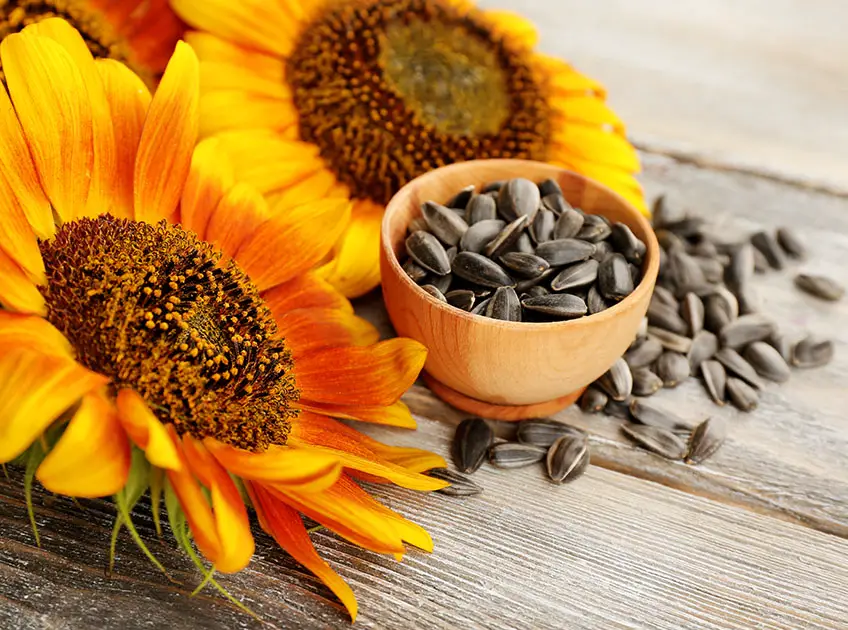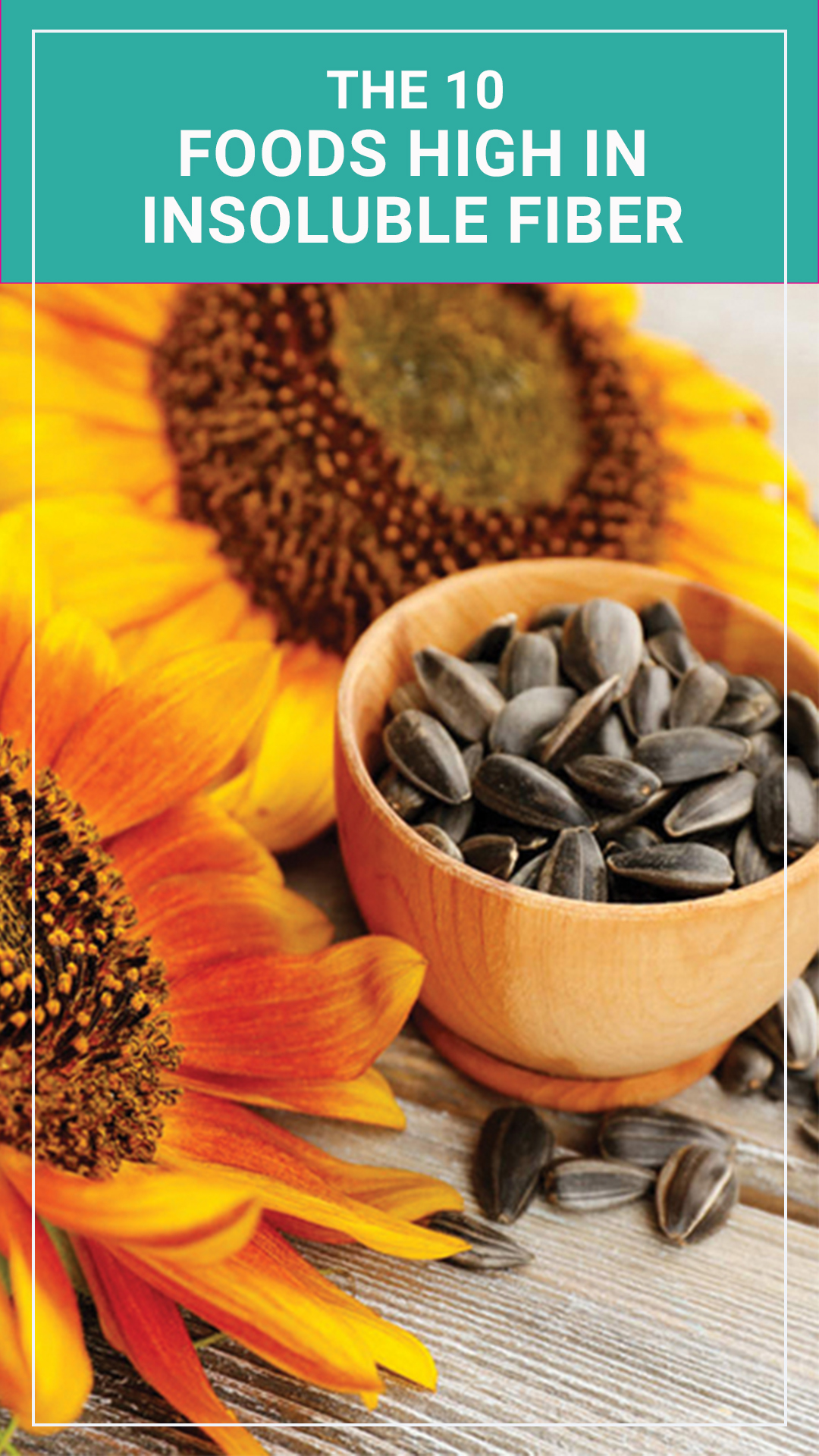
Important: This article is for informational purposes only. Please read our full disclaimer for more details.
If you’re looking to add more fiber to your diet, insoluble fiber is a great place to start. Insoluble fiber is found in plant-based foods and helps add bulk to stool, promoting regularity and helping to prevent constipation.
Soluble fiber, on the other hand, dissolves in water and forms a gel-like substance that can help slow down digestion and keep you feeling full after eating. Both types of fiber are important for maintaining good gut health.
10 Foods Are High in Insoluble Fiber
1. Whole Wheat Flour
Whole wheat flour is a good source of insoluble fiber, with three grams per half cup serving. It’s also a good source of vitamins and minerals, including iron, magnesium, and selenium. Whole wheat flour can be used in a variety of recipes, from breads and muffins to pancakes and cookies.
2. Barley
Barley is a whole grain that’s high in insoluble fiber, with four grams per half cup serving. It’s also a good source of vitamins and minerals, including magnesium, phosphorus, and selenium. Barley can be cooked and eaten on its own or used as an ingredient in soups, stews, or salads.
3. Brown Rice
Brown rice is another whole grain that’s a good source of insoluble fiber, with three grams per half cup serving. It’s also a good source of vitamins and minerals, including manganese, phosphorus, and selenium. Brown rice can be used in place of white rice in most recipes.
4. Buckwheat
Buckwheat is a plant-based food that’s a good source of insoluble fiber, with four grams per half cup serving. It’s also a good source of vitamins and minerals, including magnesium, phosphorus, and copper. Buckwheat can be used in place of rice or pasta in most recipes.
5. Beans
Beans are a good source of both soluble and insoluble fiber, with four grams of each per half cup serving. They’re also a good source of protein, vitamins, and minerals, including iron, magnesium, and potassium. Beans can be used in a variety of recipes, from soups and stews to salads and sides.
6. Potatoes
Potatoes are a good source of insoluble fiber, with three grams per half cup serving. They’re also a good source of vitamins and minerals, including potassium, magnesium, and phosphorus. Potatoes can be cooked and eaten on their own or used as an ingredient in a variety of recipes.
7. Sweet Potatoes
Sweet potatoes are a good source of insoluble fiber, with three grams per half cup serving. They’re also a good source of vitamins and minerals, including beta carotene, potassium, and magnesium. Sweet potatoes can be cooked and eaten on their own or used as an ingredient in a variety of recipes.
8. Nuts
Nuts are a good source of insoluble fiber, with four grams per half cup serving. They’re also a good source of protein, vitamins, and minerals, including magnesium, phosphorus, and selenium. Nuts can be eaten on their own or used as an ingredient in a variety of recipes.
9. Sunflower Seeds
Sunflower seeds are a good source of insoluble fiber, with three grams per half cup serving. They’re also a good source of protein, vitamins, and minerals, including magnesium, phosphorus, and selenium. Sunflower seeds can be eaten on their own or used as an ingredient in a variety of recipes.
10. Popcorn
Popcorn is a good source of insoluble fiber, with four grams per half cup serving. It’s also a good source of vitamins and minerals, including magnesium, phosphorus, and selenium. Popcorn can be eaten on its own or used as an ingredient in a variety of recipes.
These are just a few of the many foods that are rich in insoluble fiber. Including more insoluble fiber-rich foods in your diet is a simple way to promote regularity and keep your gut healthy.
You Might Also Like:
- 10 Foods High in Magnesium That Are Super Healthy
- 10 Foods That Boost In Oxytocin Levels
- 10 Healthy Foods to Boost Nitric Oxide
- 10 Healthy Foods are Rich in Minerals
- 9 Foods that Improve Circulation and Vein Health
- The 10 Healthy High-Fiber Foods to Add to Your Diet
- 10 Best Foods Rich in Selenium
- 10 Healthy Foods That Are High in Phosphorus
- 10 High Dietary Fiber Foods to Help Your Digestive Health
















